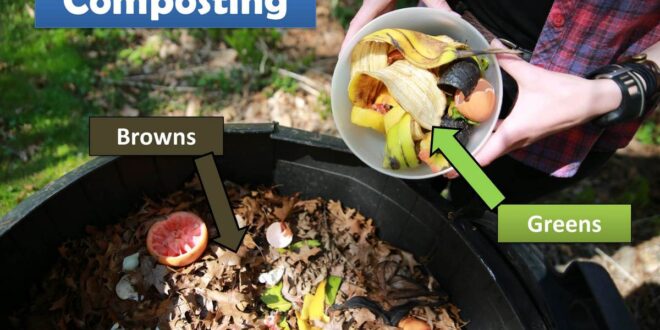The Kitchen Revolution: Integrating Composting for a Sustainable Future
Imagine a kitchen where waste isn’t just something you throw away, but a valuable resource waiting to be unlocked. Picture a space where sustainability seamlessly integrates into your daily routine, making eco-consciousness not a chore, but a lifestyle. This is the promise of the integrated composter kitchen – a revolutionary approach to waste management that transforms your culinary hub into a bastion of environmental responsibility.
In this comprehensive guide, we’ll delve into the world of integrated kitchen composters, exploring their benefits, different types, how they work, and how you can incorporate one into your own home. We’ll navigate the complexities of composting, demystify the process, and empower you to make informed decisions that align with your values and contribute to a healthier planet. Get ready to embark on a journey towards a greener, more sustainable kitchen – and a more sustainable future.
Why Embrace Integrated Kitchen Composting? The Compelling Advantages
The benefits of integrated kitchen composting extend far beyond simply reducing landfill waste. It’s about embracing a holistic approach to sustainability that positively impacts your home, community, and the environment. Let’s explore the compelling advantages that make integrated composting a worthwhile investment:
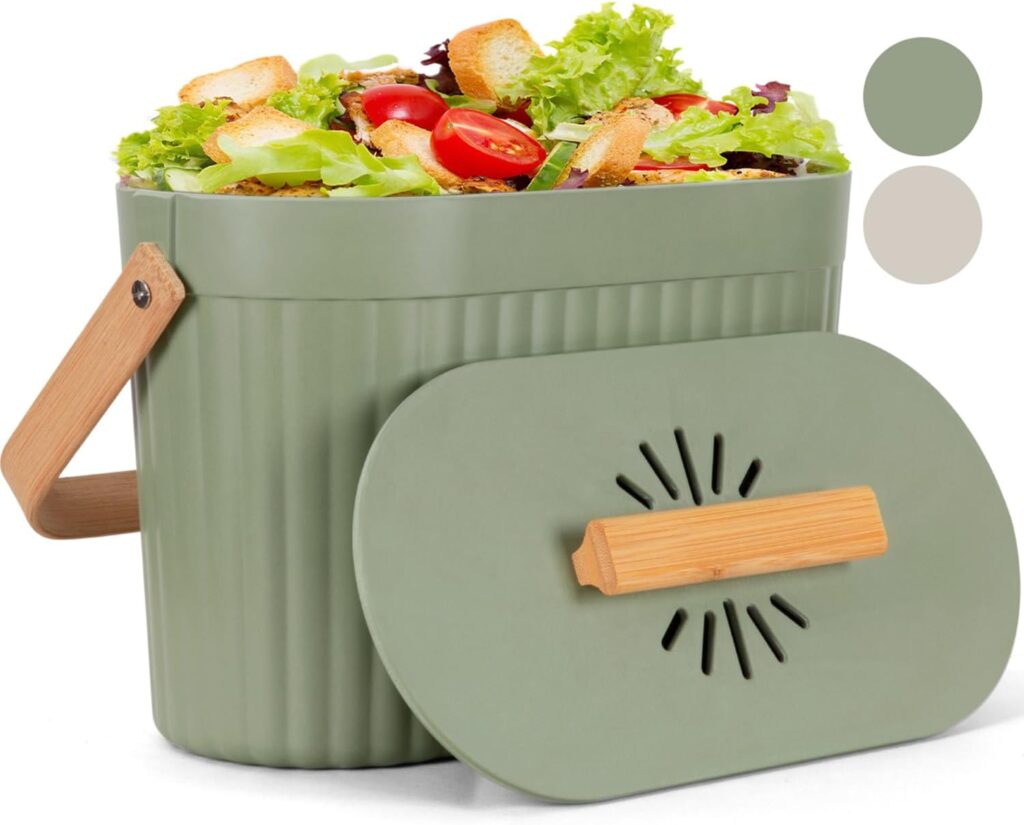
Reducing Landfill Waste and Environmental Impact
Did you know that a significant portion of household waste consists of food scraps and organic materials? These materials, when sent to landfills, decompose anaerobically (without oxygen), producing methane – a potent greenhouse gas that contributes significantly to climate change. Integrated composting diverts these organic materials from landfills, reducing methane emissions and minimizing your carbon footprint. By composting at home, you actively participate in mitigating climate change and promoting a healthier planet for future generations. Furthermore, the reduced landfill burden helps conserve precious land resources and lessens the strain on waste management systems.

Creating Nutrient-Rich Compost for Your Garden
The magic of composting lies in its ability to transform waste into a valuable resource. The end product of composting is nutrient-rich compost, a natural fertilizer that enriches the soil and promotes healthy plant growth. By using homemade compost in your garden, you eliminate the need for synthetic fertilizers, which can harm the environment and disrupt the delicate balance of the ecosystem. Compost improves soil structure, enhances water retention, and provides essential nutrients to plants, resulting in vibrant gardens and bountiful harvests. Imagine feeding your plants with the very food scraps that once cluttered your kitchen – a truly sustainable and rewarding cycle.
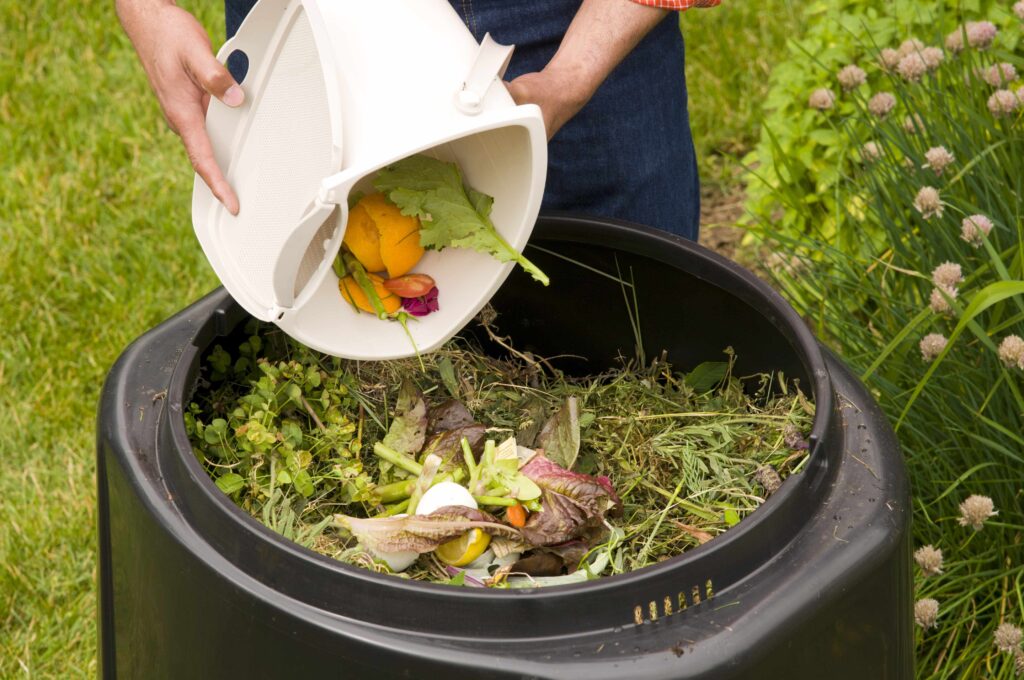
Saving Money on Waste Disposal and Fertilizers
Integrated composting not only benefits the environment but also your wallet. By reducing the amount of waste you send to landfills, you can potentially lower your waste disposal bills. Furthermore, by creating your own compost, you eliminate the need to purchase expensive synthetic fertilizers, saving you money and reducing your reliance on commercially produced products. The long-term cost savings associated with integrated composting can be significant, making it a financially sound investment in addition to an environmentally responsible one.
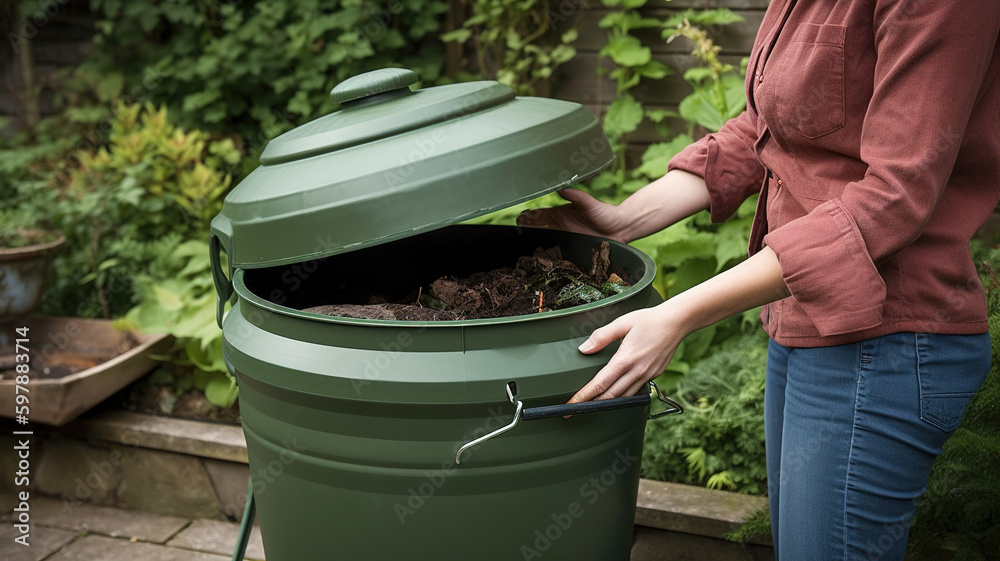
Improving Soil Health and Plant Growth
Compost is a powerhouse of nutrients and beneficial microorganisms that revitalize the soil and promote healthy plant growth. It improves soil structure, making it easier for plant roots to penetrate and access essential nutrients and water. Compost also enhances water retention, reducing the need for frequent watering and conserving precious water resources. The beneficial microorganisms in compost help suppress plant diseases and pests, reducing the need for harmful pesticides. By incorporating compost into your garden, you create a thriving ecosystem that supports healthy plant growth and yields abundant harvests.
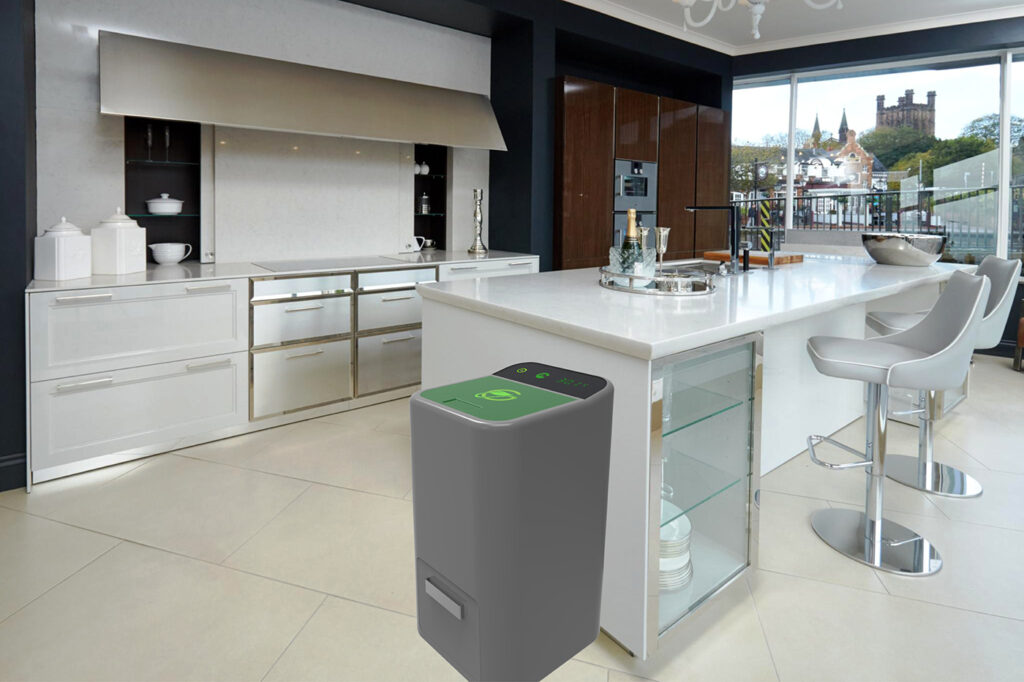
Promoting a Sustainable Lifestyle
Embracing integrated composting is more than just a practical solution; it’s a conscious decision to live a more sustainable lifestyle. It’s about being mindful of your impact on the environment and taking active steps to reduce your carbon footprint. Integrated composting fosters a sense of responsibility and connection to the natural world, empowering you to make informed choices that align with your values. It’s a small change that can have a big impact, inspiring you and others to adopt more sustainable practices in all aspects of your life. It’s about making small, consistent efforts that contribute to a larger movement towards a more sustainable future.
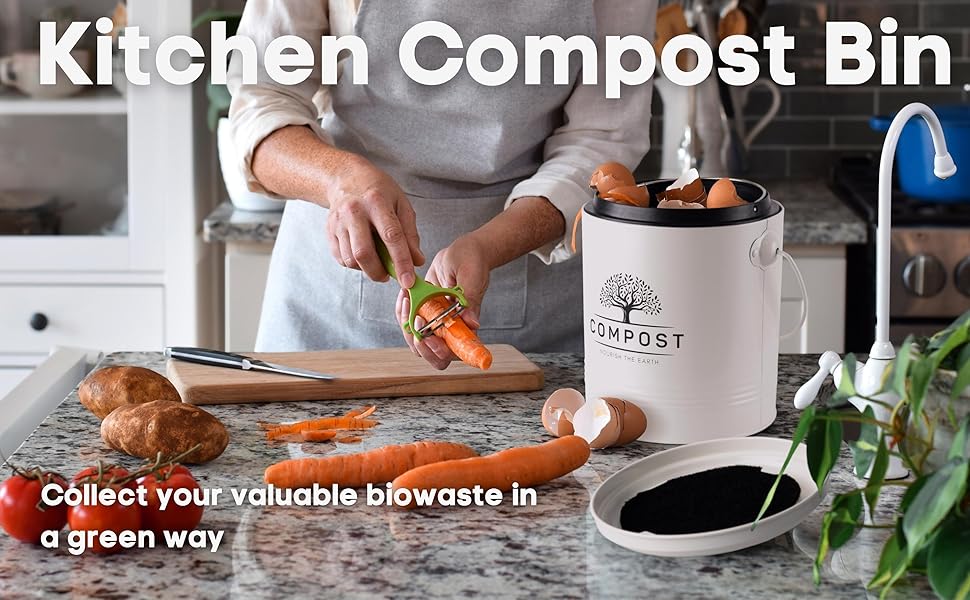
Exploring the World of Integrated Kitchen Composters: Types and Features
The world of integrated kitchen composters offers a diverse range of options to suit different kitchen layouts, lifestyles, and composting needs. From sleek countertop models to sophisticated in-cabinet systems, there’s an integrated composter to seamlessly blend into any kitchen design. Let’s explore the different types and features available:
Countertop Composters: Compact and Convenient
Countertop composters are the most accessible and space-saving option, perfect for smaller kitchens or those just starting their composting journey. These compact units typically sit on your countertop, providing a convenient place to collect food scraps throughout the day. They come in various materials, including stainless steel, ceramic, and plastic, and often feature odor-reducing filters to minimize unpleasant smells. Countertop composters are easy to use and maintain, making them an ideal choice for beginners.
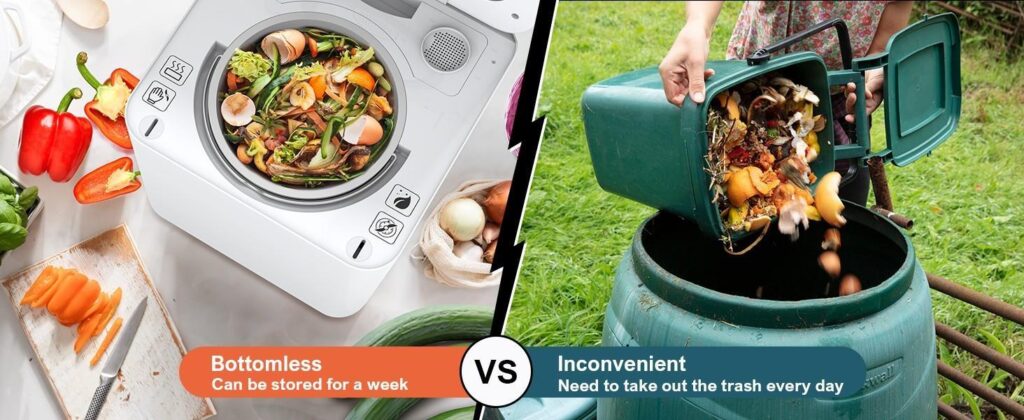
In-Cabinet Composters: Discreet and Space-Saving
In-cabinet composters offer a more discreet and space-saving solution, seamlessly integrating into your existing kitchen cabinetry. These units typically consist of a composting bin that slides out from a cabinet, allowing you to easily deposit food scraps without taking up valuable countertop space. In-cabinet composters are often equipped with ventilation systems and odor-absorbing filters to minimize smells and maintain a clean and hygienic environment. They are a great option for those who want to keep their composting system out of sight and maximize countertop space.
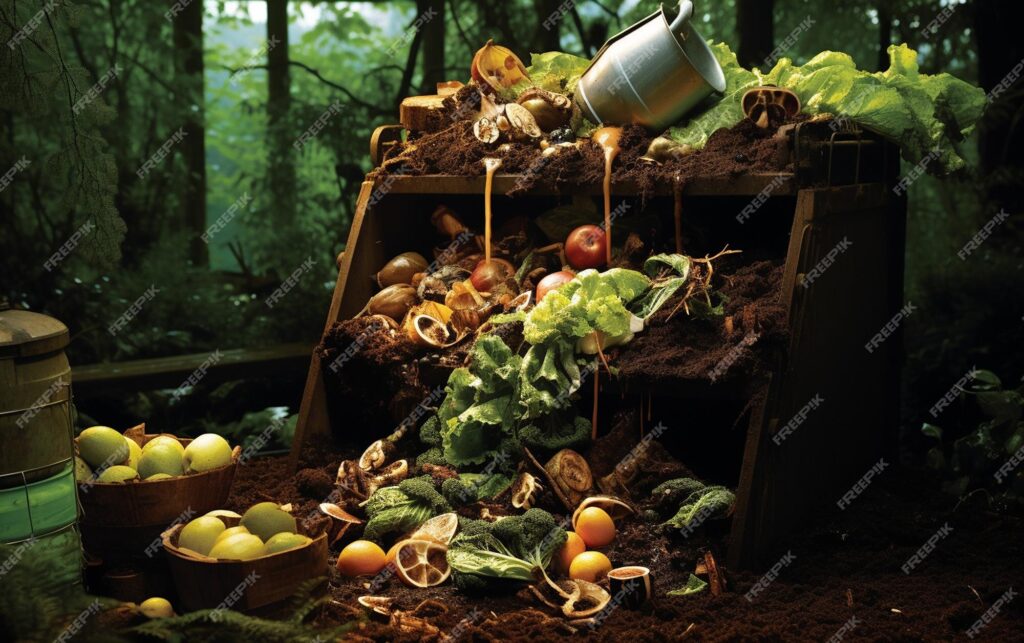
Electric Composters: Accelerated Composting for Faster Results
Electric composters offer an accelerated composting process, breaking down food scraps in a matter of hours or days instead of weeks or months. These units use heat, aeration, and agitation to speed up the decomposition process, producing nutrient-rich compost in a fraction of the time. Electric composters are ideal for those who want to produce compost quickly and efficiently, and they are often equipped with odor-control systems to minimize unpleasant smells. However, they require an electrical outlet and can be more expensive than traditional composting methods.
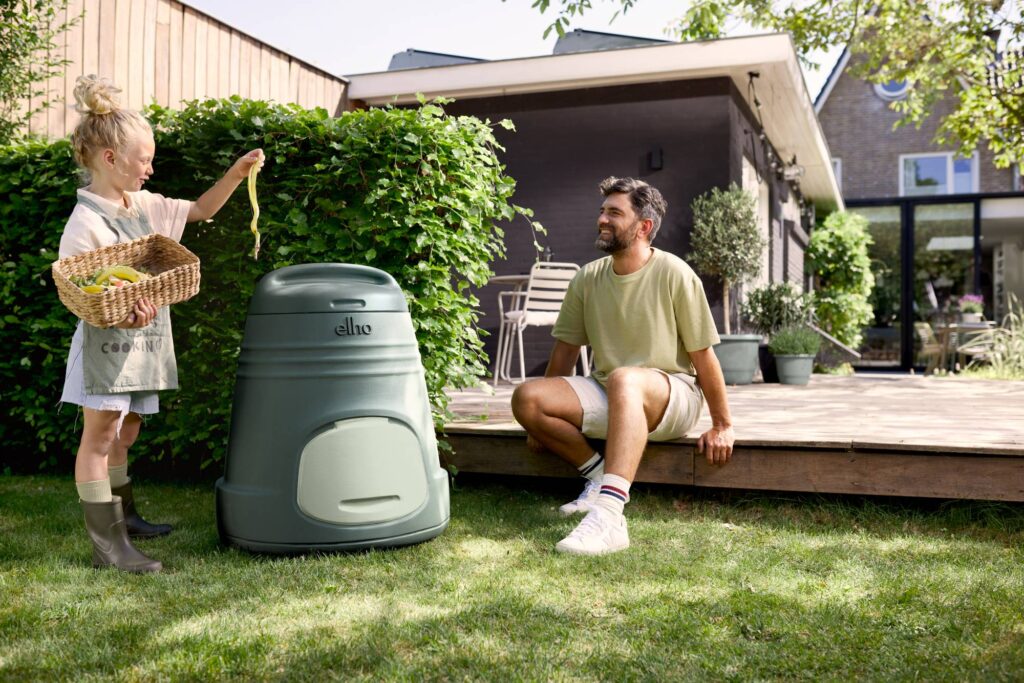
Worm Composters (Vermicomposting): Nature’s Tiny Helpers
Worm composters, also known as vermicomposting systems, utilize the power of earthworms to break down food scraps and create nutrient-rich compost. These systems typically consist of a series of stacked trays, where worms feed on food scraps and produce castings – a highly valuable form of compost. Worm composters are a natural and efficient way to recycle food waste, and they produce excellent quality compost that is ideal for gardens and houseplants. They require some maintenance, such as feeding the worms and managing moisture levels, but they are a rewarding and sustainable way to compost.
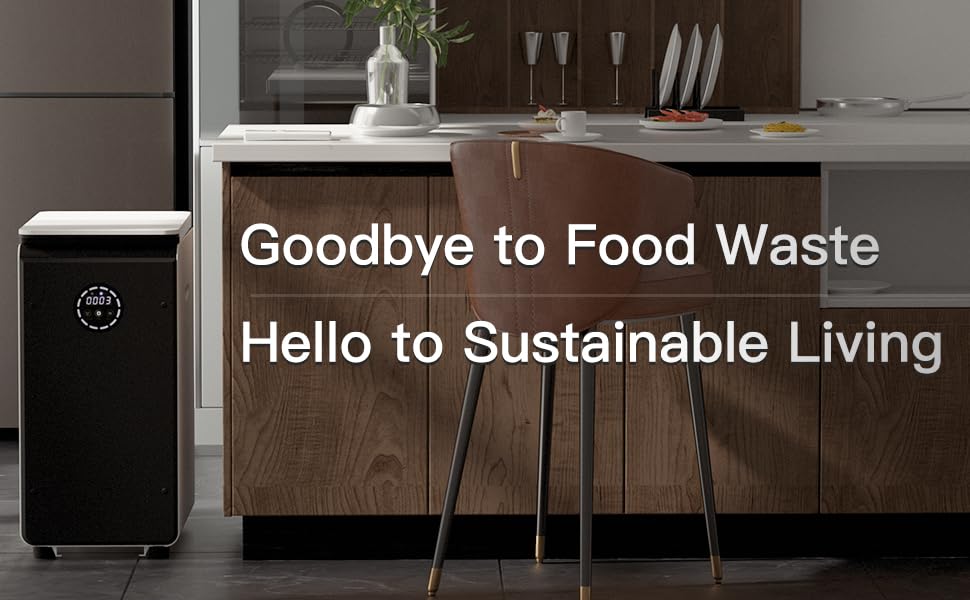
Choosing the Right Integrated Composter for Your Needs
Selecting the right integrated composter depends on various factors, including your kitchen space, composting volume, budget, and personal preferences. Consider the following factors when making your decision:
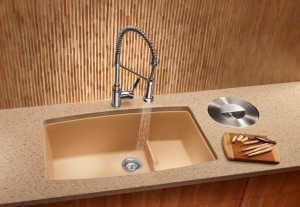
- Kitchen Space: Measure your available countertop or cabinet space to determine the appropriate size and type of composter.
- Composting Volume: Estimate the amount of food scraps you generate daily to ensure the composter has sufficient capacity.
- Budget: Integrated composters range in price from affordable countertop models to more expensive electric systems. Set a budget and choose a composter that fits your financial constraints.
- Odor Control: Look for composters with odor-reducing filters or ventilation systems to minimize unpleasant smells.
- Ease of Use and Maintenance: Choose a composter that is easy to use, clean, and maintain to ensure a seamless composting experience.
Setting Up Your Integrated Kitchen Composter: A Step-by-Step Guide
Once you’ve chosen the perfect integrated composter for your kitchen, it’s time to set it up and start composting! Here’s a step-by-step guide to help you get started:
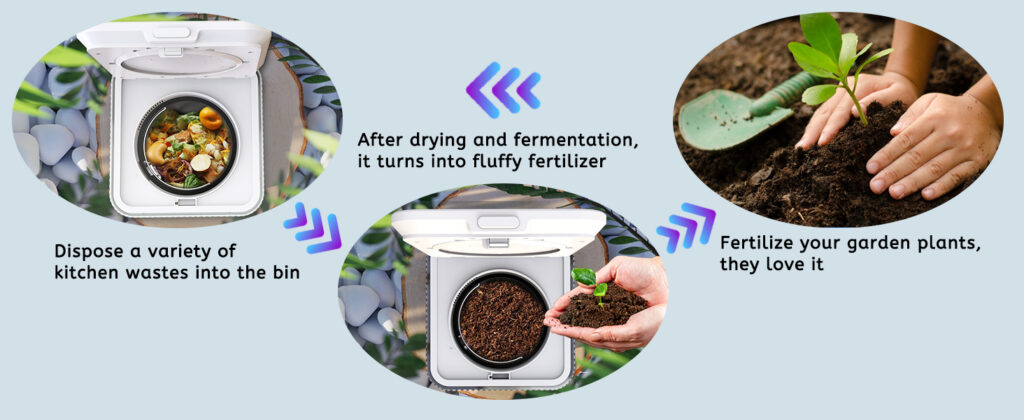
Step 1: Choose the Right Location
Select a location for your composter that is convenient, accessible, and well-ventilated. Countertop composters should be placed on a stable surface near your food preparation area. In-cabinet composters should be installed in a cabinet that is easily accessible and has adequate ventilation. Electric composters require an electrical outlet and should be placed in a location that is protected from moisture.
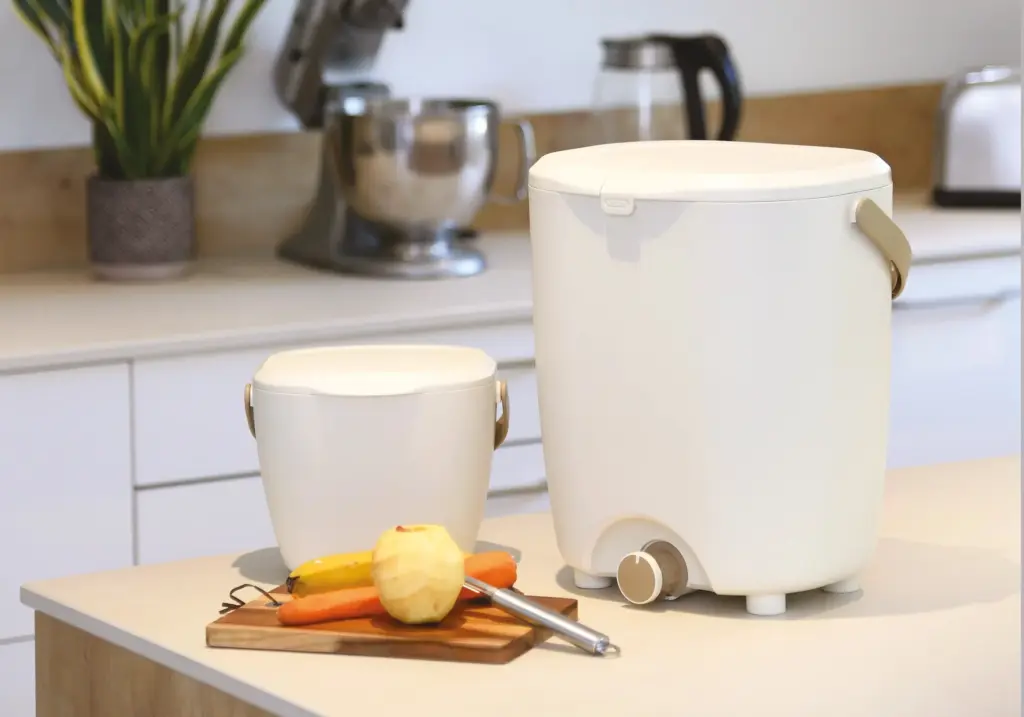
Step 2: Prepare Your Composting Materials
Gather your composting materials, including food scraps, yard waste (such as leaves and grass clippings), and brown materials (such as shredded paper, cardboard, and dry leaves). These materials provide the necessary carbon and nitrogen balance for successful composting.
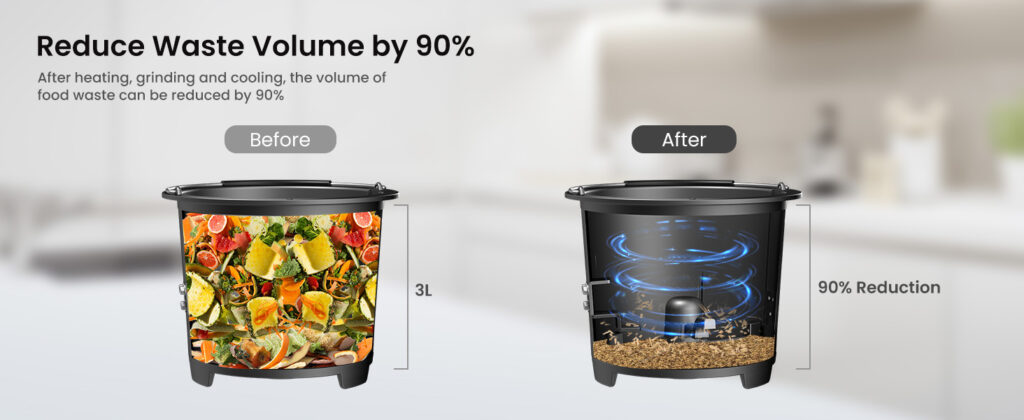
Step 3: Add Your First Layer of Materials
Start by adding a layer of brown materials to the bottom of your composter. This layer will help absorb excess moisture and provide a foundation for the composting process. Next, add a layer of green materials (food scraps and yard waste). Alternate layers of brown and green materials, ensuring that the materials are evenly distributed.
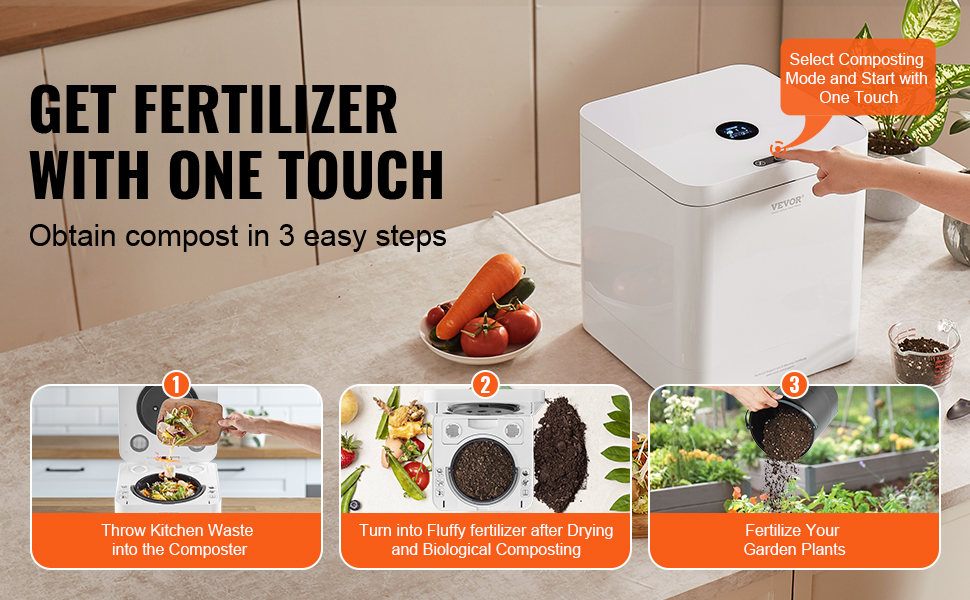
Step 4: Maintain Moisture Levels
Maintaining the right moisture level is crucial for successful composting. The composting materials should be moist but not soggy. If the materials are too dry, add water. If the materials are too wet, add more brown materials to absorb the excess moisture.
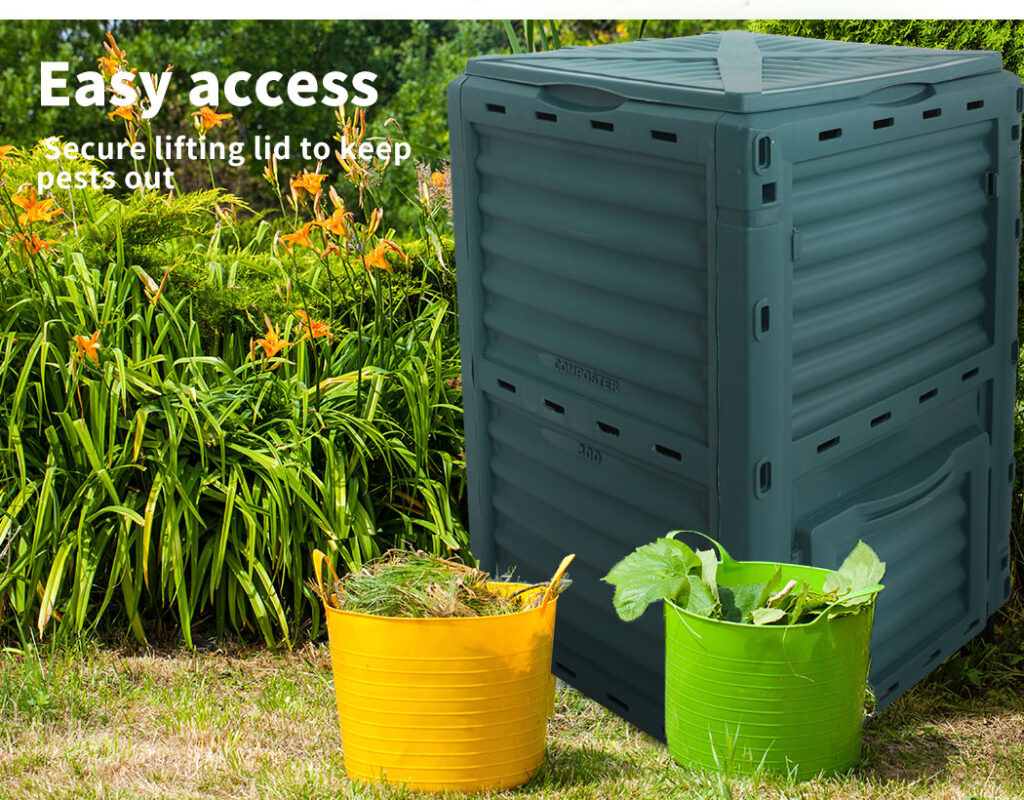
Step 5: Turn and Aerate the Compost Regularly
Turning and aerating the compost helps to speed up the decomposition process and prevent unpleasant odors. Use a compost turner or shovel to mix the materials regularly, ensuring that all materials are exposed to air.
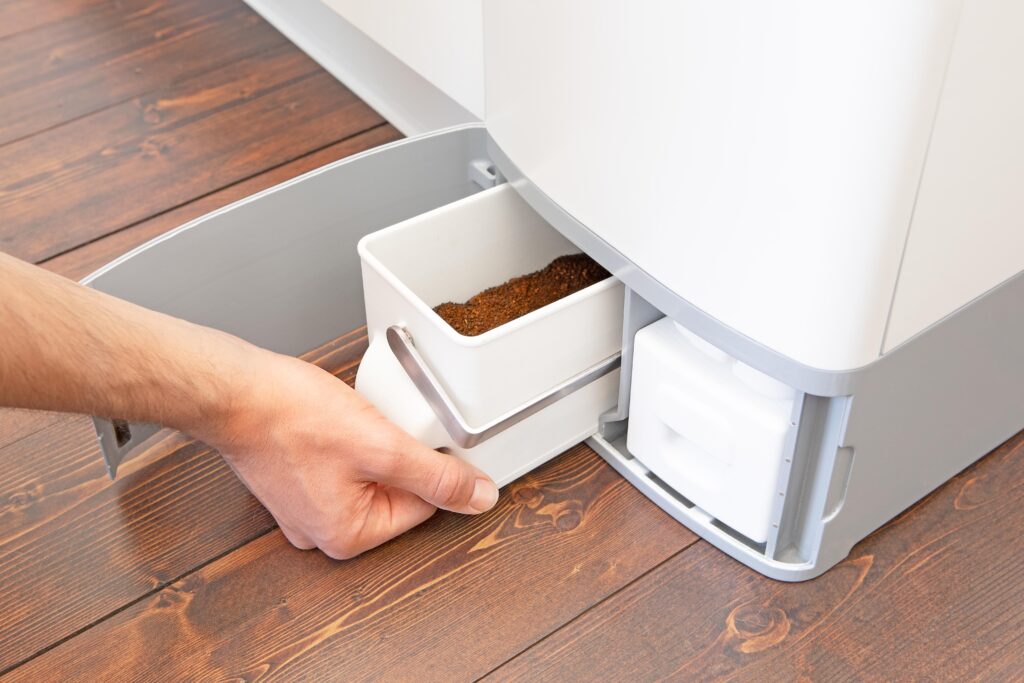
Step 6: Monitor the Composting Process
Monitor the composting process regularly to ensure that it is progressing smoothly. The compost should be warm to the touch and have a earthy smell. If the compost is not decomposing properly, adjust the moisture levels, add more brown or green materials, or turn and aerate the compost more frequently.
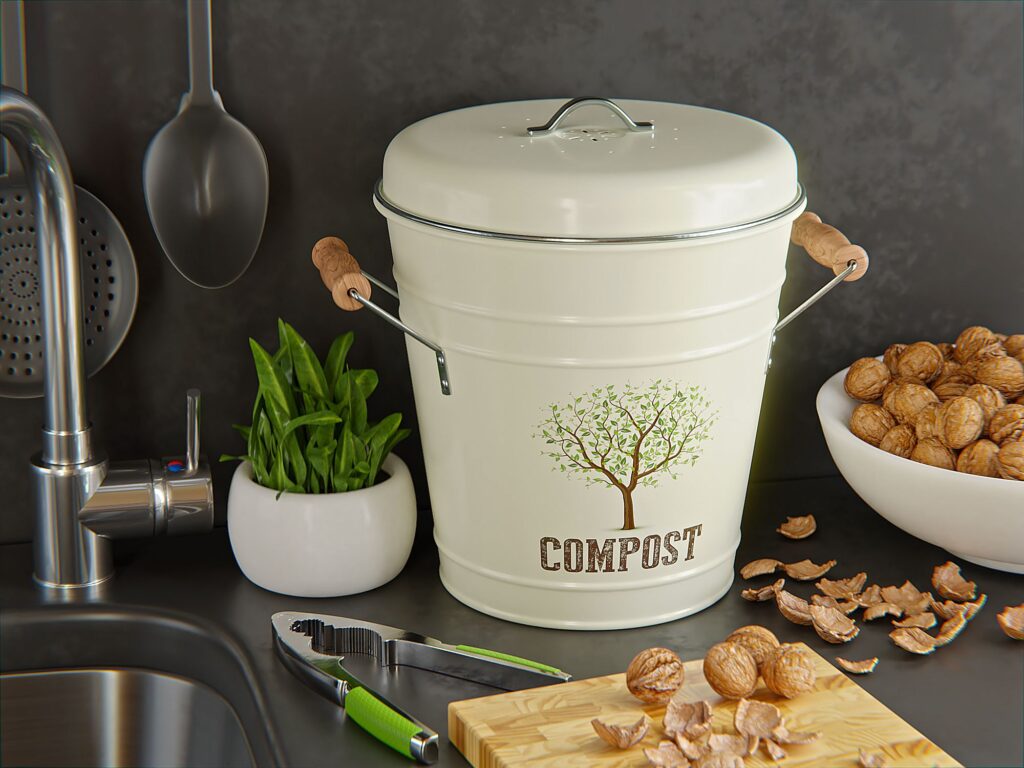
Troubleshooting Common Composting Problems: A Practical Guide
Even with the best intentions, composting can sometimes present challenges. Here’s a practical guide to troubleshooting common composting problems:

Problem: Unpleasant Odors
Cause: Anaerobic decomposition (lack of oxygen), excess moisture, or improper balance of brown and green materials.
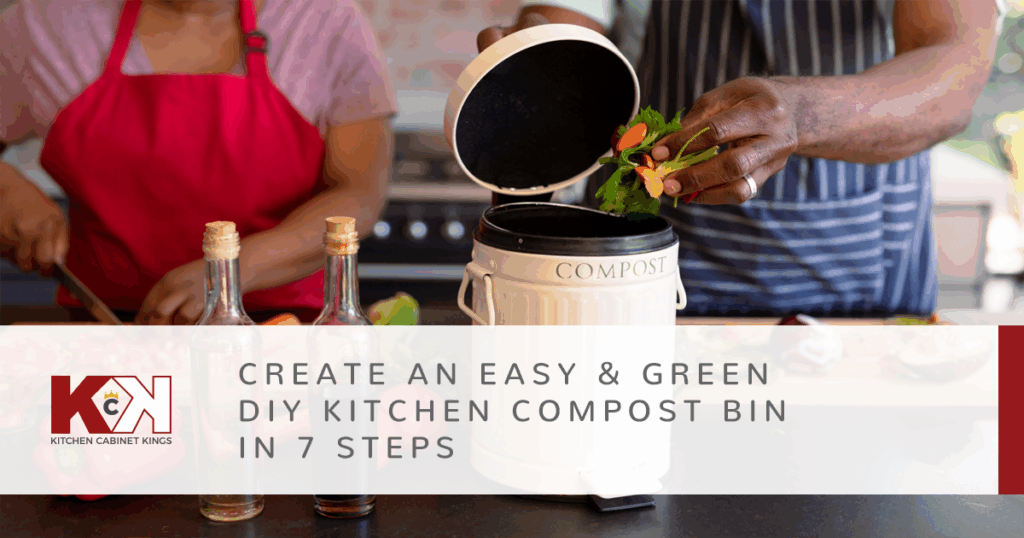
Solution: Turn and aerate the compost more frequently, add more brown materials to absorb excess moisture, and ensure a proper balance of brown and green materials.
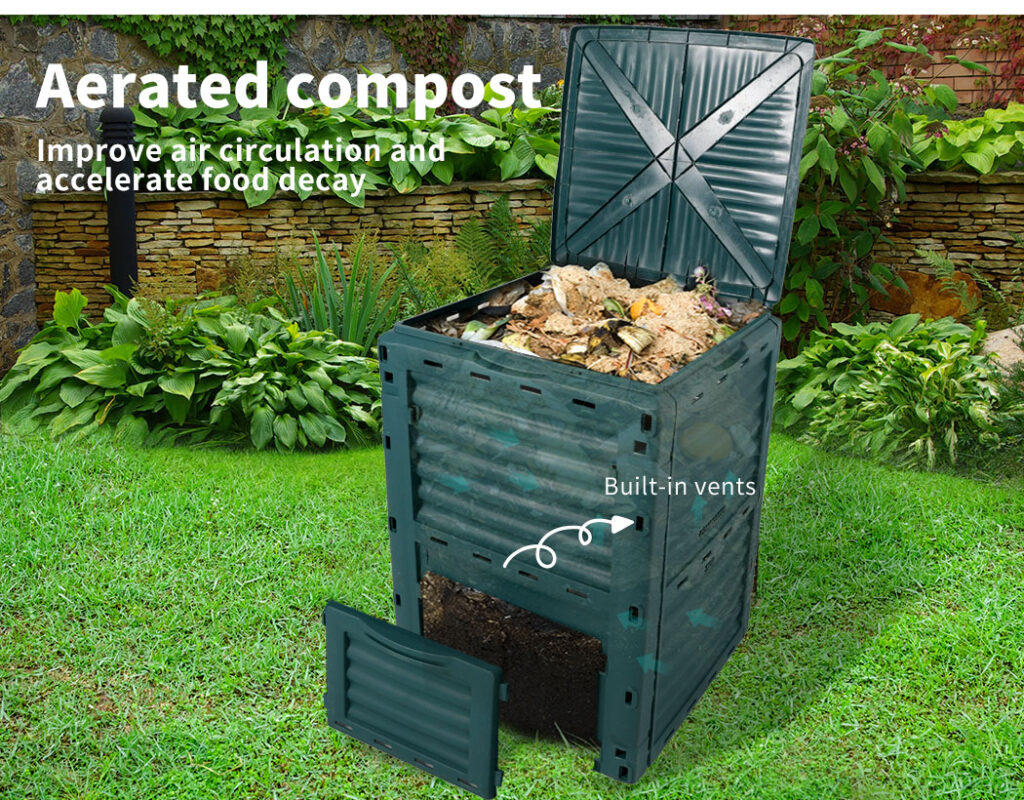
Problem: Slow Decomposition
Cause: Lack of moisture, improper balance of brown and green materials, or cold temperatures.
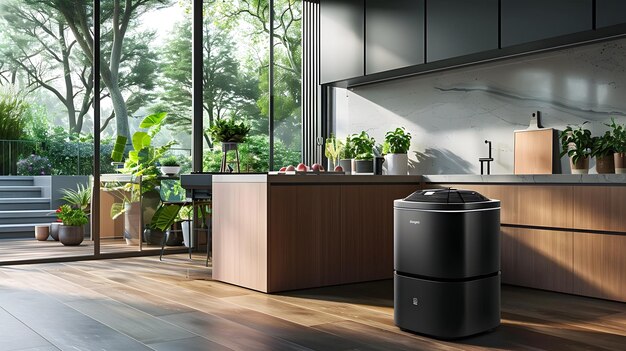
Solution: Add water to maintain proper moisture levels, ensure a proper balance of brown and green materials, and insulate the composter during cold weather.
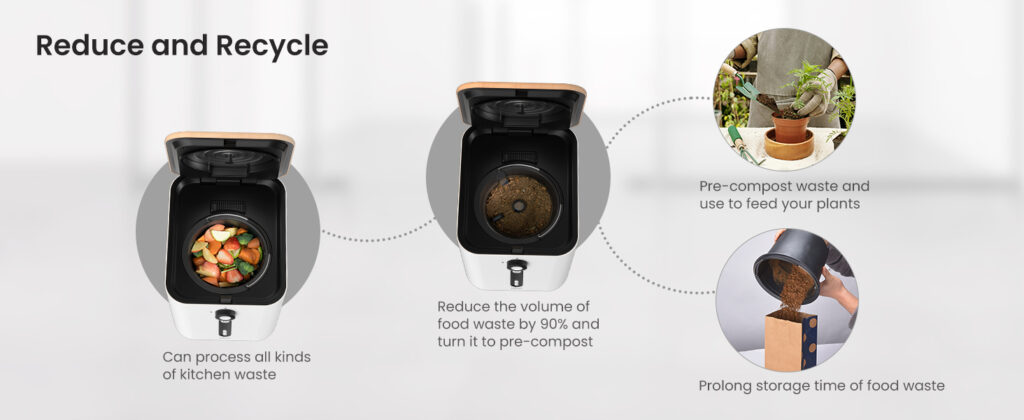
Problem: Fruit Flies
Cause: Exposed food scraps, especially fruit peels and sugary items.
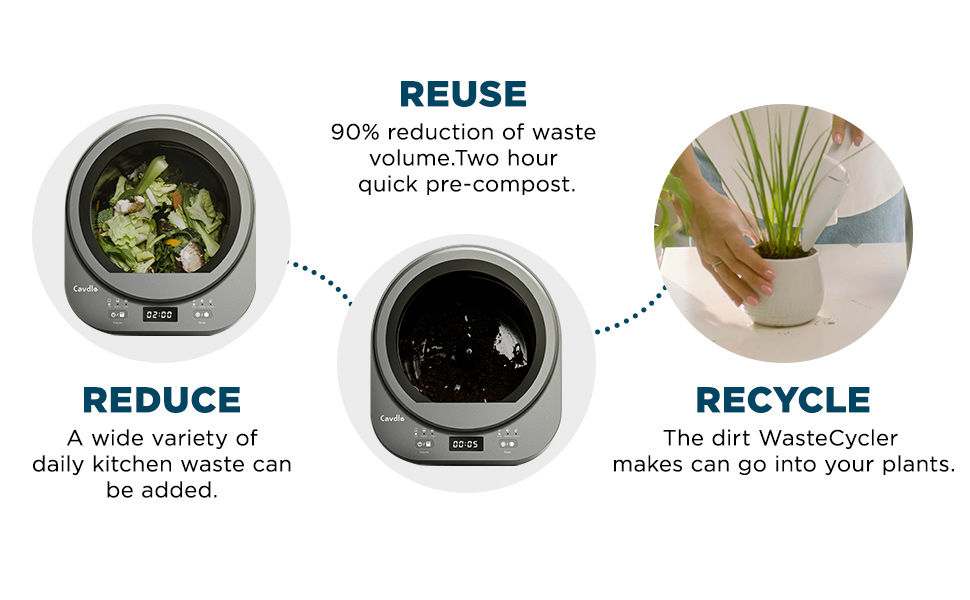
Solution: Bury food scraps under a layer of brown materials, cover the composter with a lid, and use fruit fly traps.
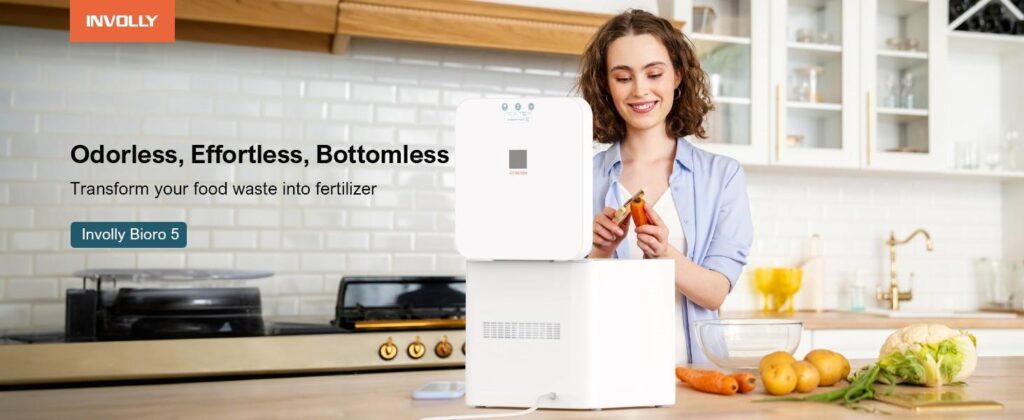
Problem: Pests (Rodents, Insects)
Cause: Unsecured composter, improperly composted food scraps (especially meat and dairy products).
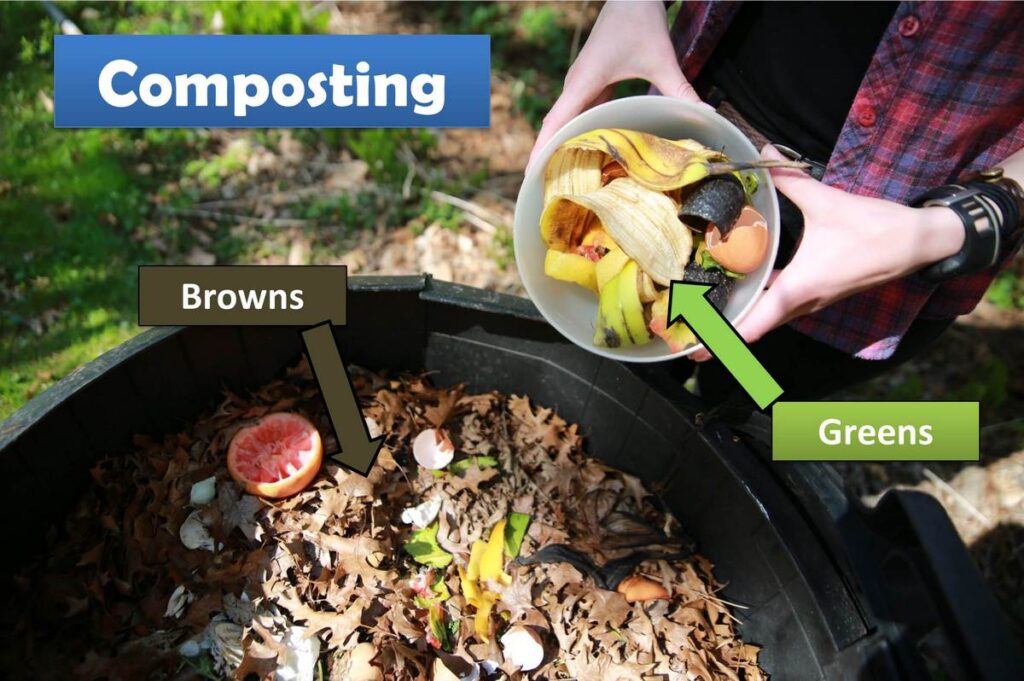
Solution: Secure the composter with a lid or enclosure, avoid composting meat and dairy products, and use pest control measures if necessary.
Maximizing the Benefits of Your Compost: Practical Applications
Once your compost is ready, it’s time to reap the rewards! Here are some practical applications for your homemade compost:
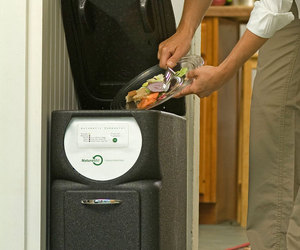
Gardening: Enriching Your Soil and Growing Healthy Plants
Compost is an excellent soil amendment for gardens, providing essential nutrients and improving soil structure. Mix compost into your garden beds before planting, or use it as a top dressing around existing plants.
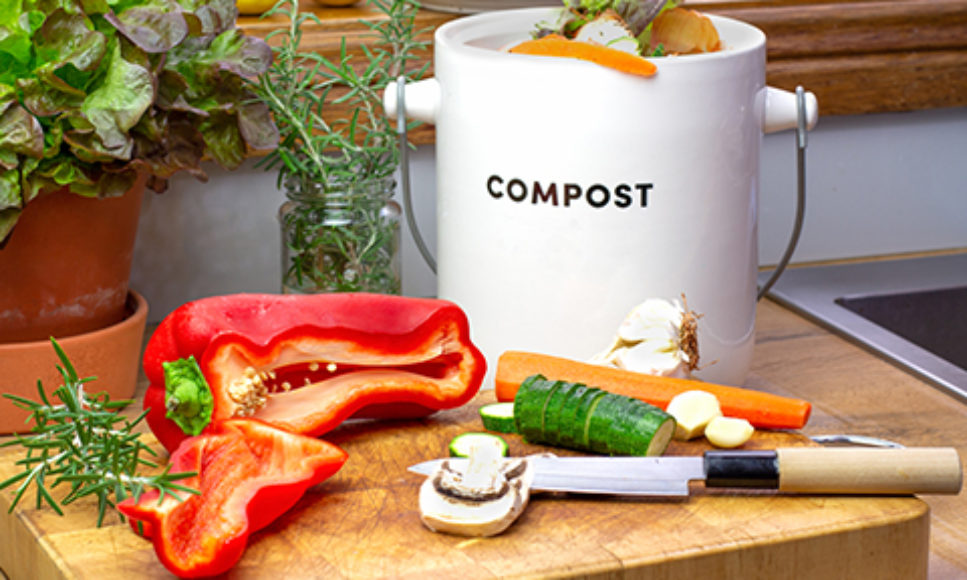
Potting Mix: Creating a Thriving Environment for Potted Plants
Compost can be used as a key ingredient in your own potting mix. Mix compost with other materials such as peat moss, perlite, and vermiculite to create a nutrient-rich and well-draining potting mix for your potted plants.
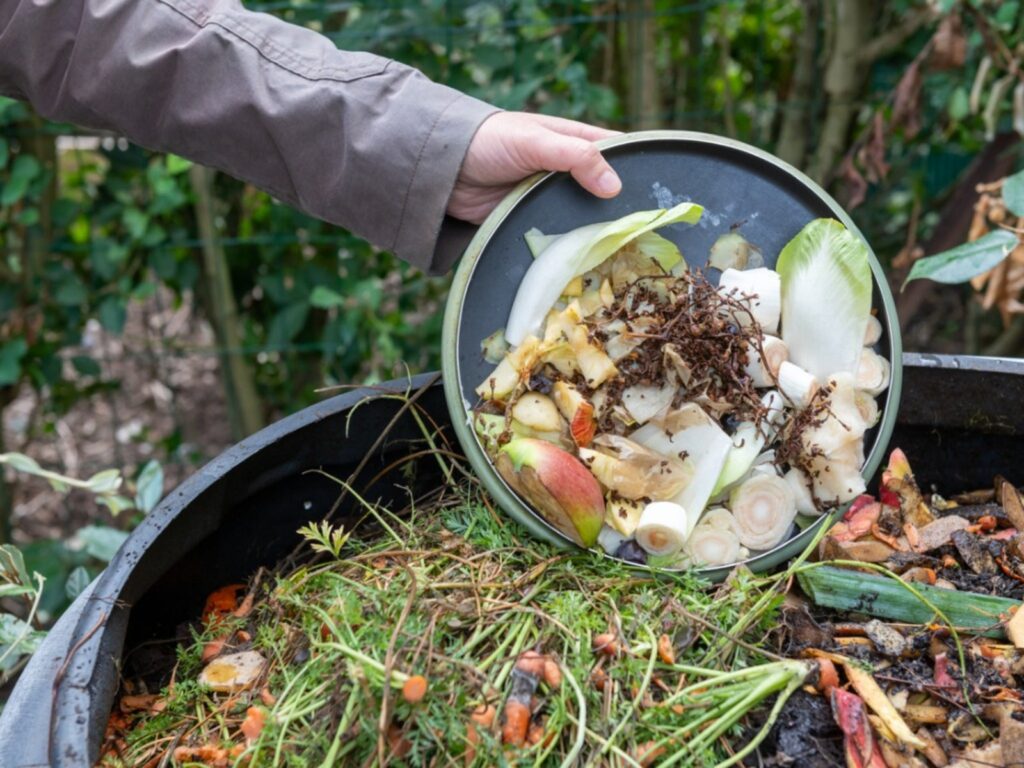
Lawn Care: Promoting a Lush and Healthy Lawn
Compost can be used to improve the health and appearance of your lawn. Spread a thin layer of compost over your lawn in the spring or fall to provide essential nutrients and improve soil structure.
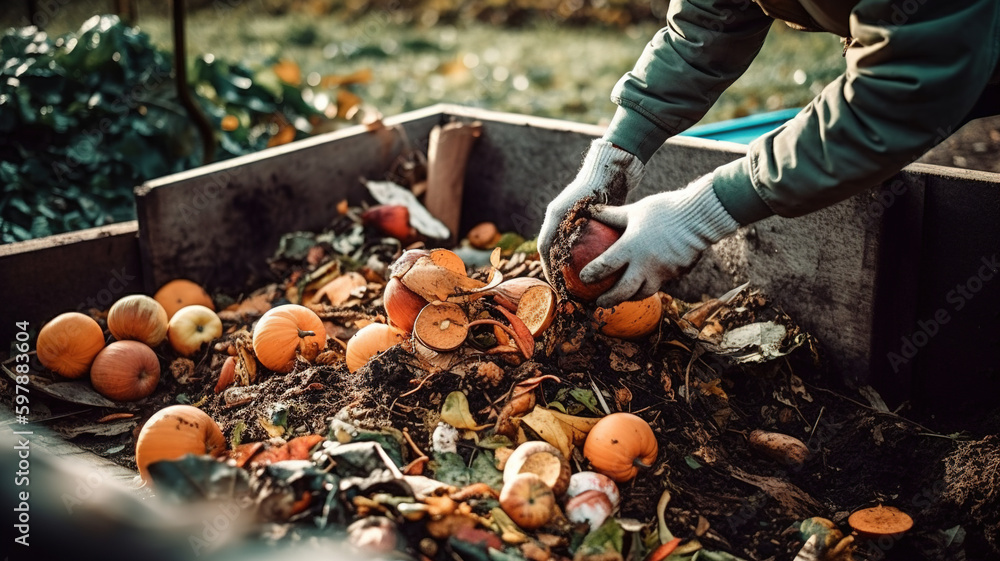
Compost Tea: A Liquid Fertilizer for Your Plants
Compost tea is a liquid fertilizer made by steeping compost in water. Compost tea is rich in nutrients and beneficial microorganisms that can improve plant health and protect against diseases. Use compost tea as a foliar spray or soil drench to nourish your plants.
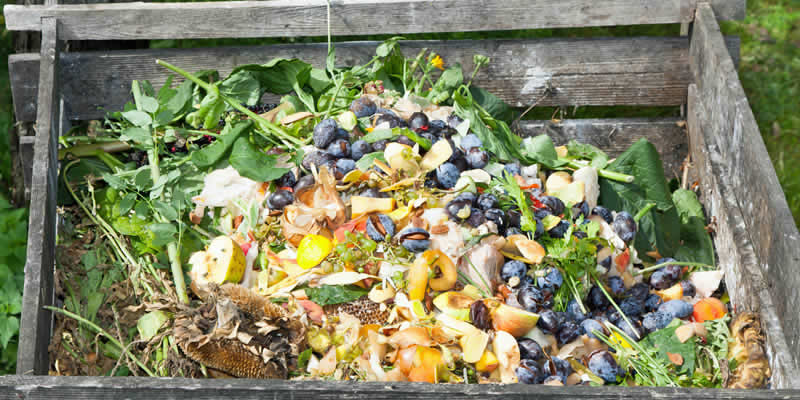
Beyond the Kitchen: Expanding Your Sustainable Practices
Integrated kitchen composting is just one piece of the puzzle when it comes to living a sustainable lifestyle. Here are some additional practices you can adopt to further reduce your environmental impact:
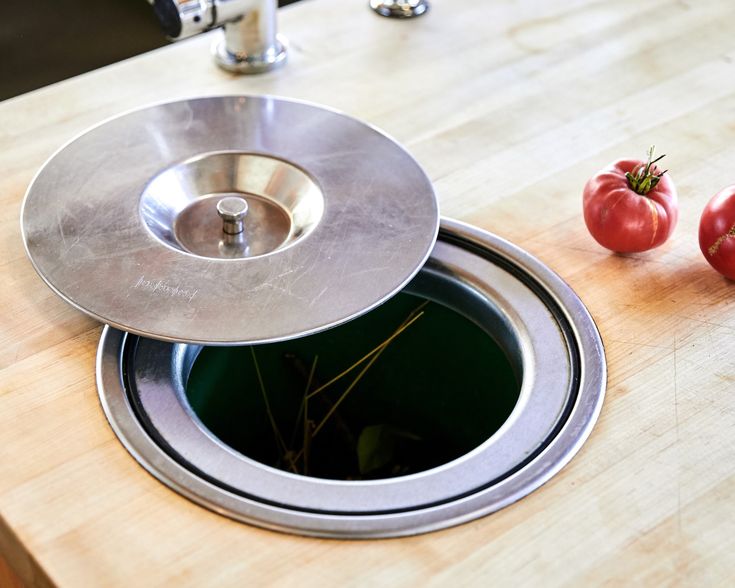
- Reduce Food Waste: Plan your meals carefully, store food properly, and use leftovers creatively to minimize food waste.
- Conserve Water: Use water-efficient appliances, fix leaks promptly, and water your garden efficiently.
- Reduce Energy Consumption: Use energy-efficient appliances, turn off lights when you leave a room, and insulate your home properly.
- Recycle: Recycle all recyclable materials, such as paper, plastic, and glass.
- Support Sustainable Businesses: Choose products and services from businesses that are committed to sustainability.
The Future of Kitchen Composting: Innovations and Trends
The world of kitchen composting is constantly evolving, with new innovations and trends emerging to make composting even easier and more efficient. Here are some of the trends to watch out for:
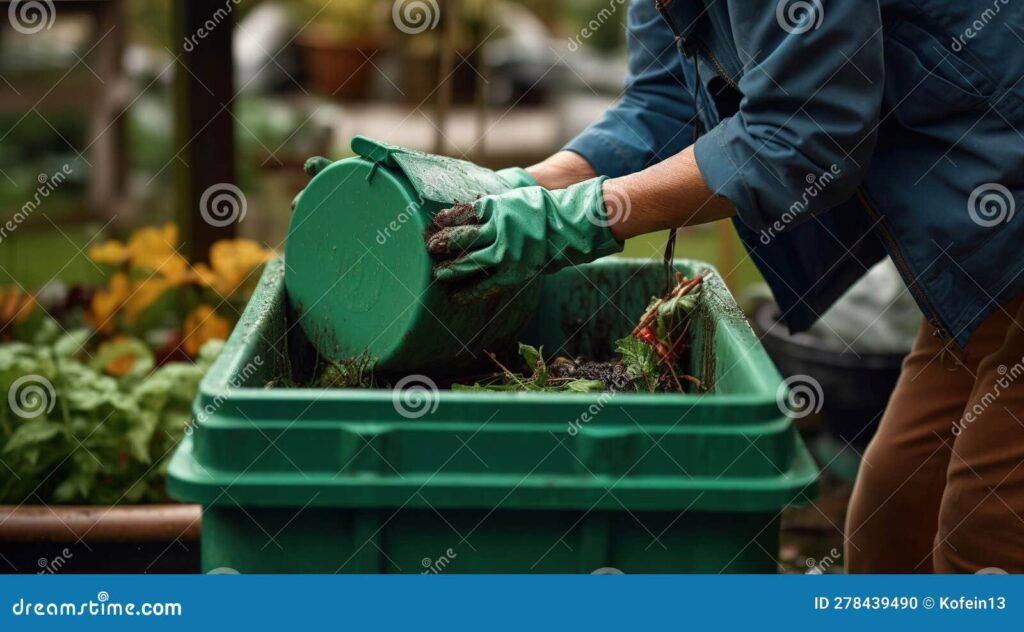
- Smart Composters: Composters equipped with sensors and smart technology that monitor moisture levels, temperature, and other factors to optimize the composting process.
- Automated Composting Systems: Fully automated systems that handle all aspects of composting, from collecting food scraps to producing finished compost.
- Community Composting Programs: Programs that provide composting services to residents in apartment buildings and other multi-family dwellings.
Conclusion: Embracing a Greener Kitchen and a Brighter Future
Integrated kitchen composting is more than just a trend; it’s a fundamental shift in how we think about waste and sustainability. By embracing this practice, you’re not only reducing your environmental impact but also creating a more sustainable and resilient future for yourself, your community, and the planet. It’s a small change that can have a big impact, empowering you to live a more conscious and responsible life. So, take the plunge, explore the world of integrated composters, and transform your kitchen into a green oasis – a place where sustainability thrives and waste becomes a valuable resource. The earth, and future generations, will thank you for it.
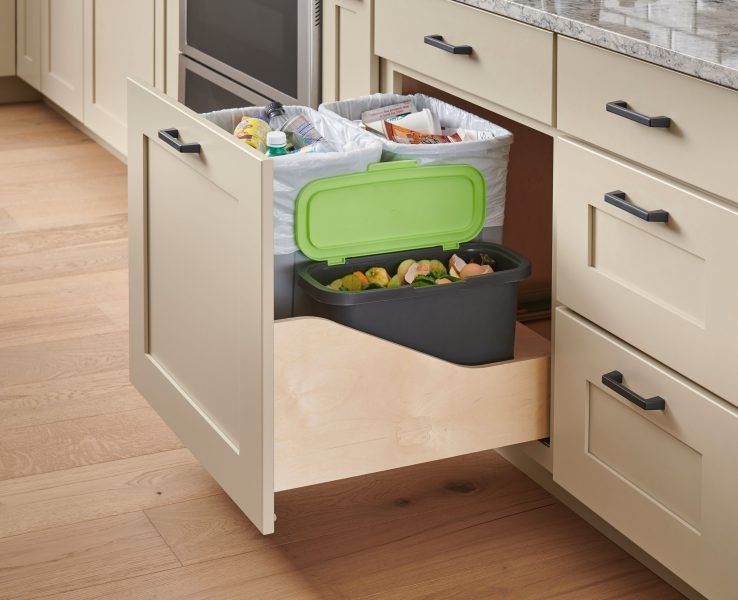
 Nimila
Nimila
